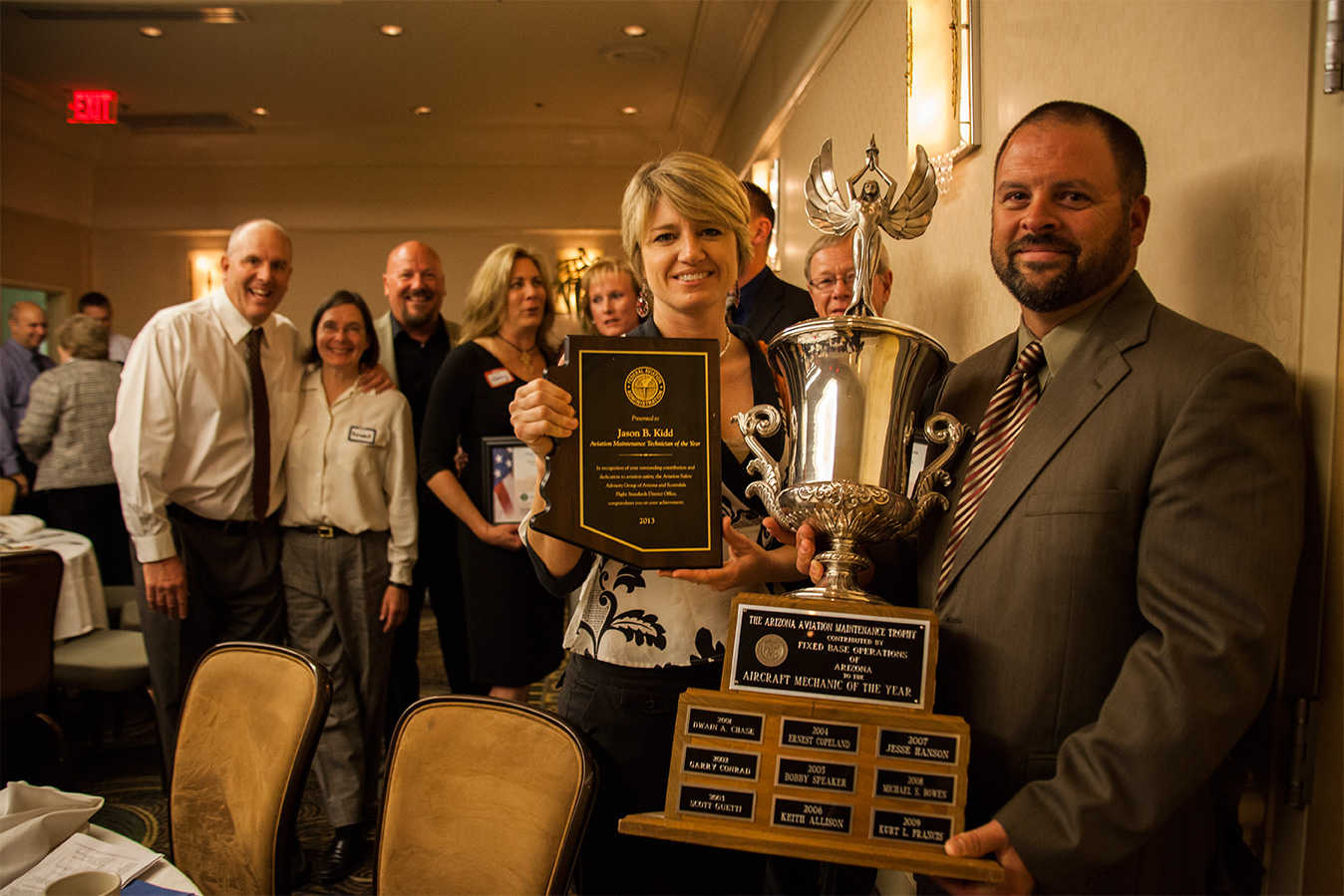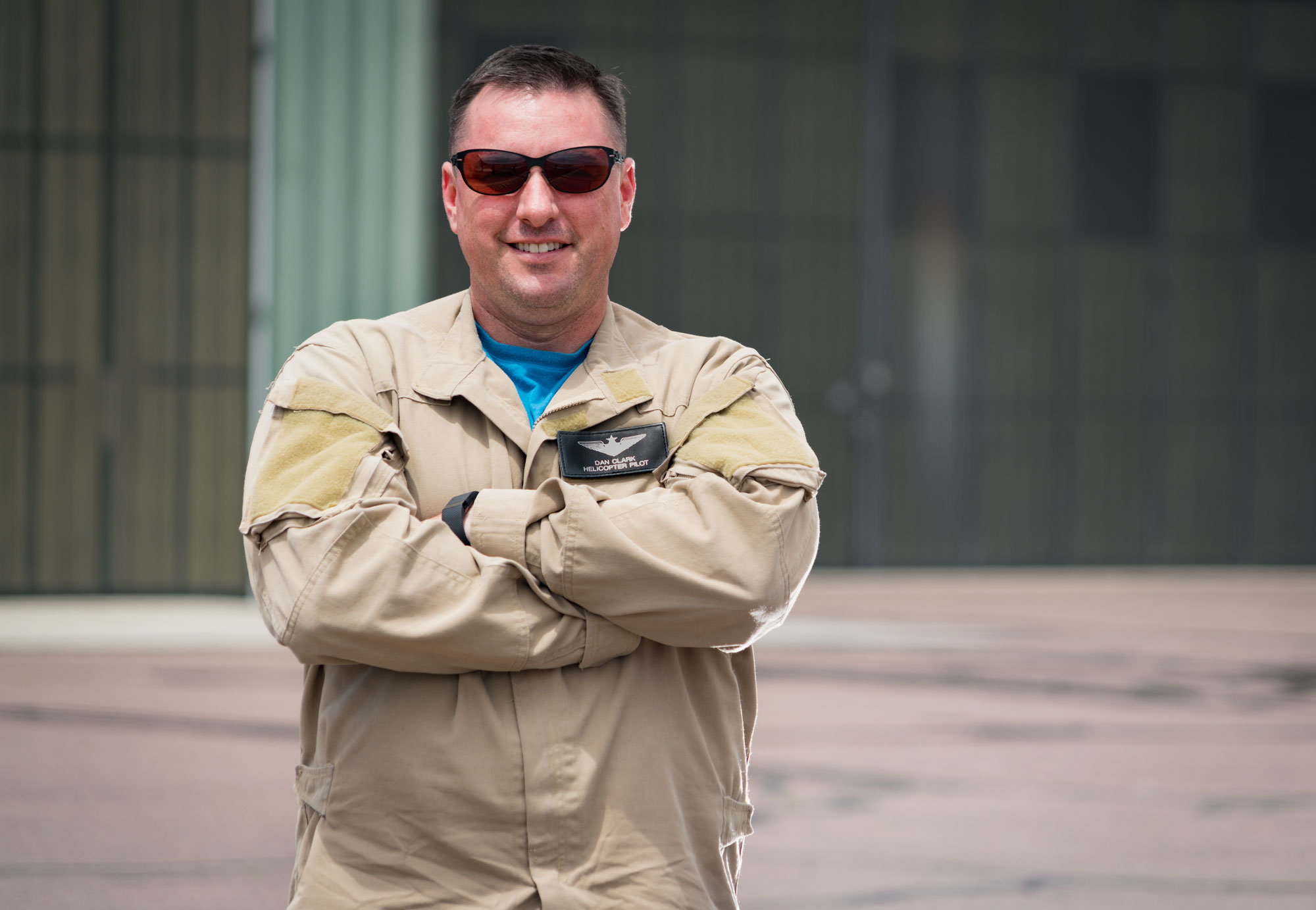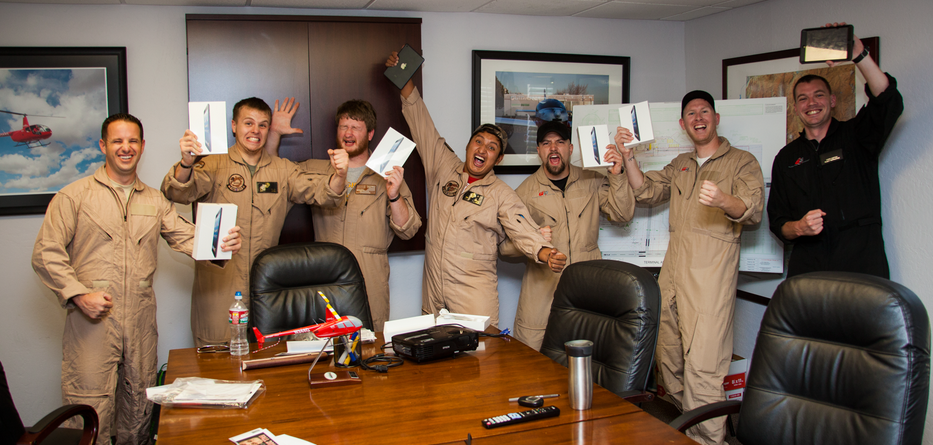 |
| Pic courtesy of Kelton Rochelle, Technician Asst., Prescott Wing and Rotor |
They make metal fly. Airframe and Powerplant technicians (A&P’s) of the helicopter world are the unsung heroes of helicopter aviation. Without them, helicopter pilots, crews, instructor pilots, and student pilots would never leave the pad or worse: drop like rocks while in flight.
How is it that so many flying hours are accomplished safely and so consistently in such complex machines? “The answer is found blowin’ in the wind” as Bob Dylan would say, or in this case, the wind made by our A&P’s skills, dedication to safe flight, and a love for machines and their disciplines. So, who are these “heavy metal rock stars” that not only make metal fly, but are willing to shoulder the enormous responsibility of ensuring the safety and lives of others?
To answer these questions, let’s look at what it takes to become an aviation maintenance tech (A&P). According to the Federal Aviation Administration (FAA.GOV), the basic requirements for a U.S. citizen to become an aircraft mechanic are:
- You must be at least 18 years old.
- You must be able to read, write, speak, and understand English.
- You must get 18 months of practical experience with either power plants or airframes, or 30 months of practical experience working on both at the same time. As an alternative to this experience requirement, you can graduate from an FAA-Approved Aviation Maintenance Technician School.
- You must pass three types of tests; a written examination; an oral test; a practical test
Test details:
 |
| Pic courtesy of Robert Ardy, CFI-I, Guidance Aviation |
- To become an aircraft mechanic, you must take oral and practical tests as well as written tests. There is a fee for the test. A Designated Mechanic Examiner gives you the oral and practical test. You can get a list of these examiners at the local FAA office. The oral and practical tests cover 43 technical subjects. Typically tests for one certificate–airframe or power plant–takes about 8 hours.
- To apply to take the written test, you must present your proof of experience to an FAA inspector at the local FAA office. There are separate tests for airframe and power plant mechanic certificates, as well as a general test covering both. If the inspector decides you meet the requirements to take one of the tests, you may make an appointment for testing at one of the many computer testing facilities (PDF) world-wide. You can get a list of sample general, airframe, and power plant test questions.
- If you fail part of a test, you have to wait 30 days before you can take it again, unless you give a letter to the Examiner showing you’ve gotten additional training in the areas you failed.
- You must pass all the tests within a 24-month period. The FAA will then issue you a certificate.




